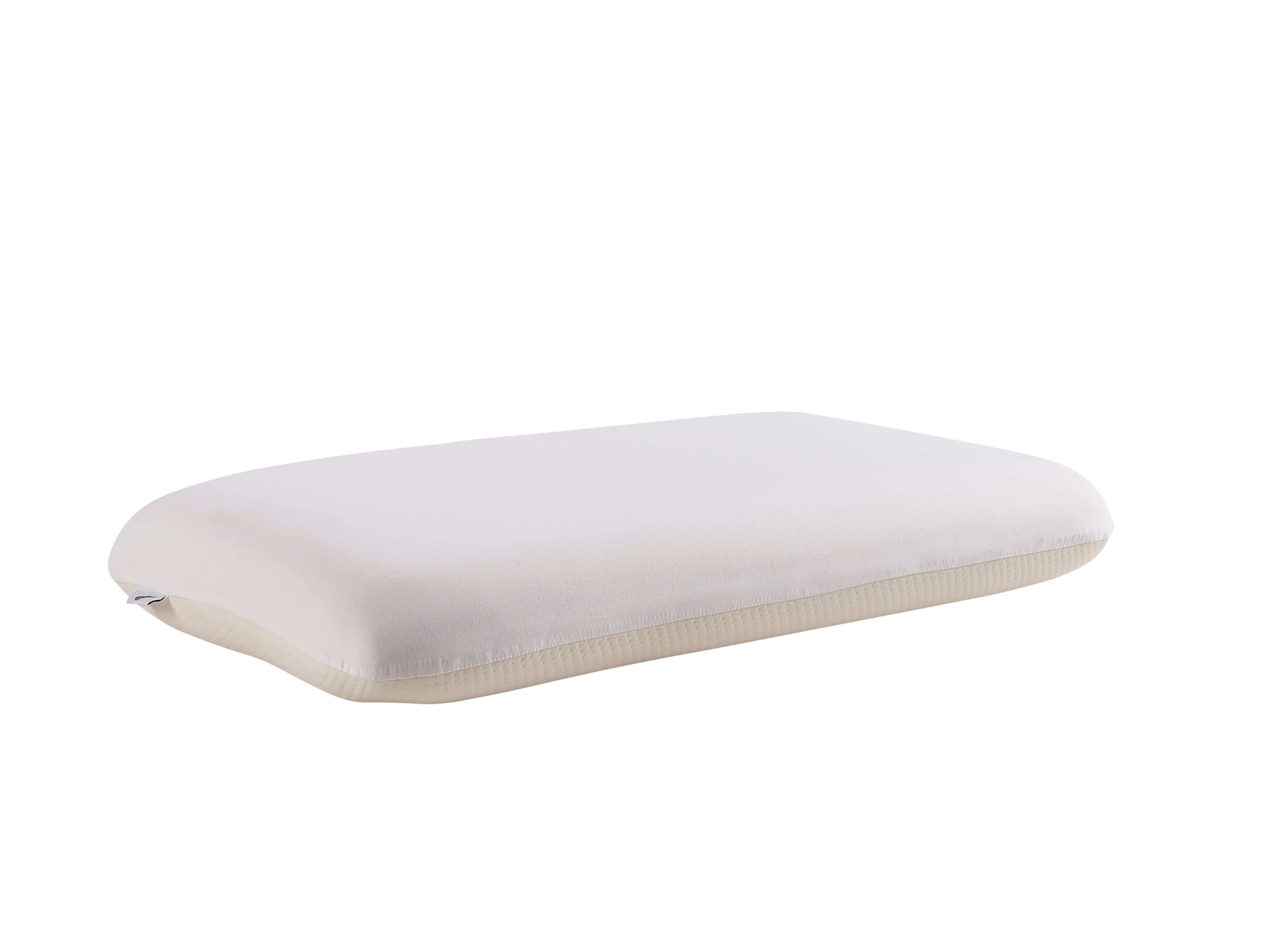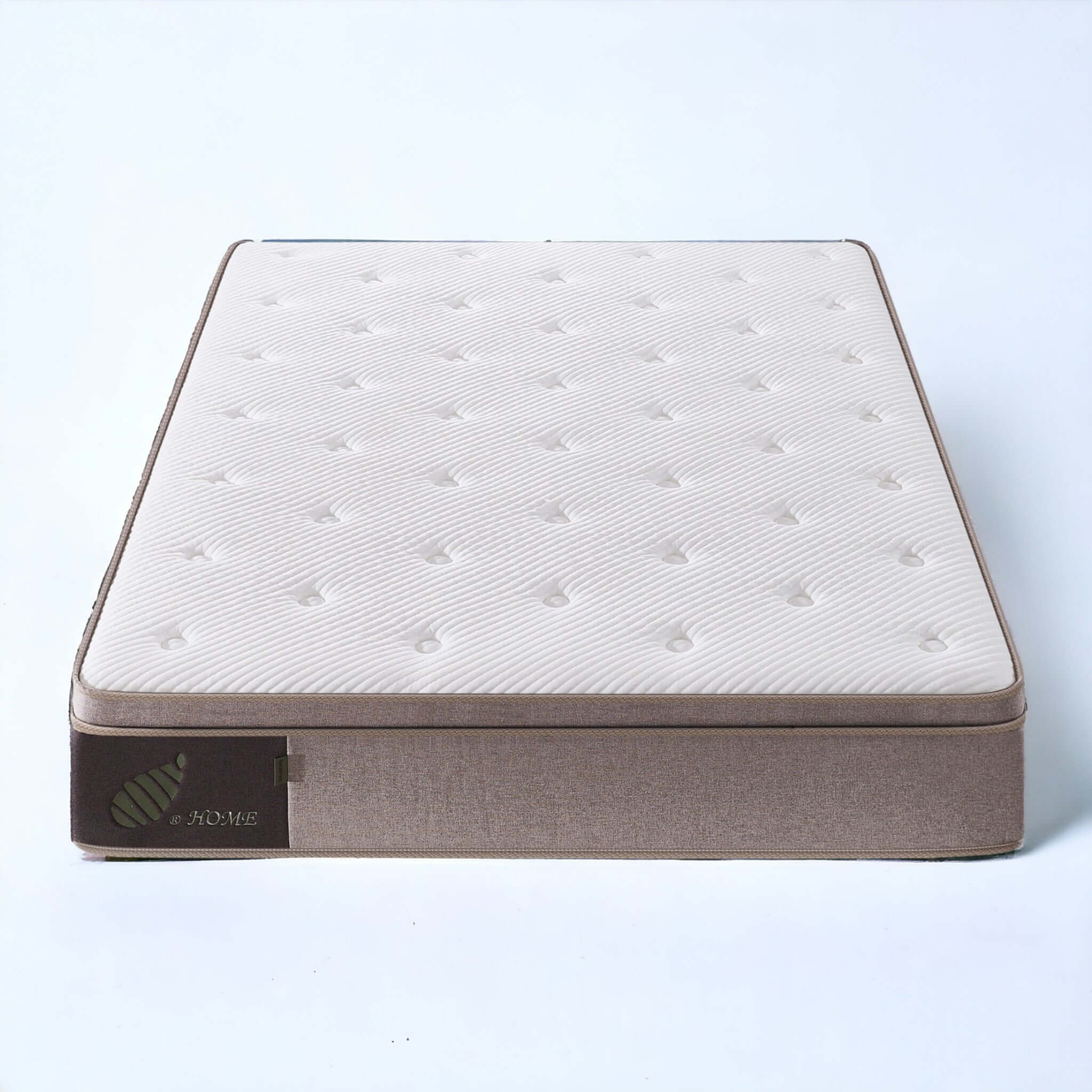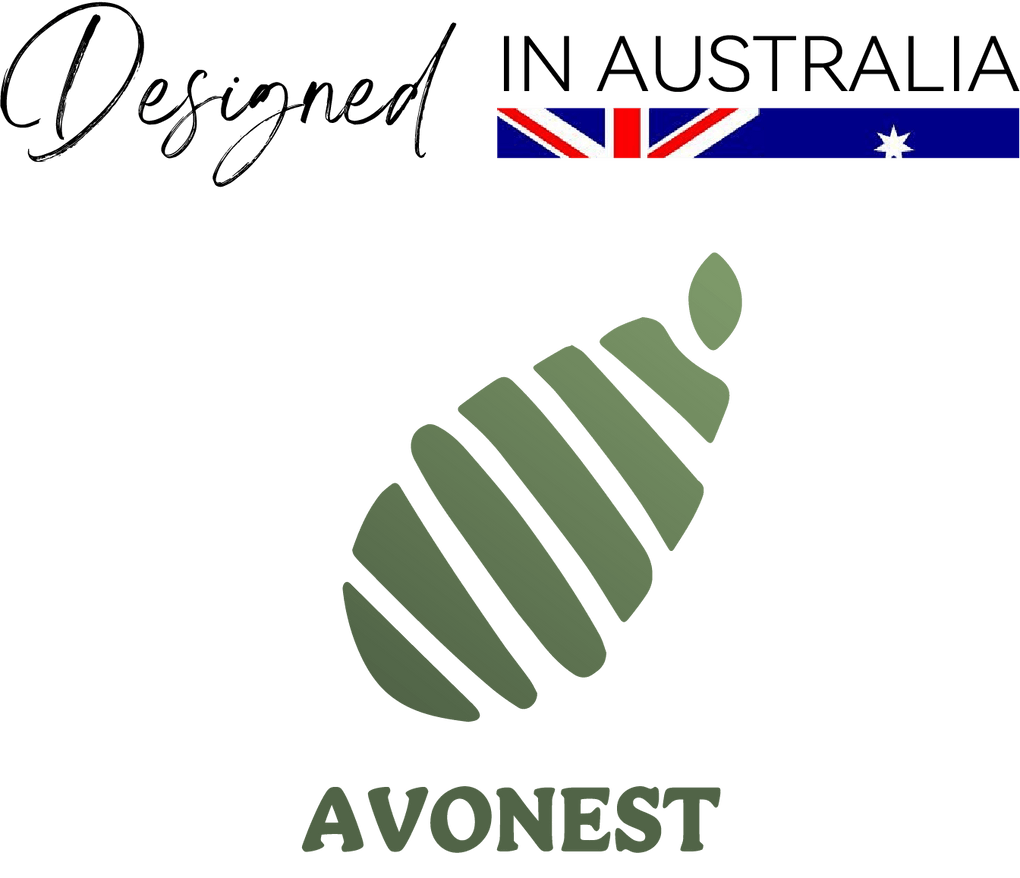The Continuous Growth of Memory Foam Pillows in the Australian Market: Key Advantages
In recent years, memory foam pillows have seen a surge in popularity in the Australian market. As more consumers become health-conscious and seek better sleep quality, the demand for memory foam pillows continues to rise. Let's explore the key advantages of memory foam pillows that contribute to their growing popularity and why they might be the perfect addition to your sleep routine.
Exceptional Comfort
One of the standout features of memory foam pillows is their ability to provide unparalleled comfort. Memory foam adapts to the shape of your head and neck, offering personalized support that helps alleviate pressure points. This adaptability ensures that your spine remains in natural alignment, reducing the risk of neck and shoulder pain. According to a study published in the Journal of Chiropractic Medicine, proper spinal alignment can significantly improve sleep quality and reduce discomfort.
Enhanced Support for Neck Health
Memory foam pillows are particularly beneficial for those with neck problems or chronic pain. By maintaining the natural curve of your neck, these pillows help prevent and relieve neck stiffness and discomfort. The American Chiropractic Association emphasizes the importance of cervical spine support in preventing neck pain and promoting overall spinal health. Proper neck support during sleep can significantly improve overall sleep quality and reduce the incidence of neck-related issues.
Hypoallergenic Properties
For individuals with allergies, memory foam pillows offer a hygienic alternative to traditional pillows. The dense structure of memory foam inhibits the accumulation of dust mites and allergens, creating a healthier sleeping environment. Additionally, many memory foam pillows are treated with antimicrobial agents that further reduce the risk of bacteria and mold growth. The Asthma and Allergy Foundation of America highlights that hypoallergenic bedding materials can significantly reduce allergen exposure and improve respiratory health.
Durability and Longevity
Memory foam pillows are known for their durability. Unlike traditional pillows that tend to lose shape and support over time, memory foam pillows maintain their form and effectiveness for years. This longevity makes them a cost-effective investment in your sleep health. A report by Consumer Reports indicates that high-quality memory foam pillows can last up to three years or more with proper care, far outlasting many traditional pillow types.
Market Acceptance and Growth
The Australian market has embraced memory foam pillows, reflected in their widespread availability across major retail stores and online platforms. The competition among brands has led to a variety of options, catering to different preferences and budgets. According to IBISWorld, the market for bedding products, including memory foam pillows, has been growing steadily, driven by increased consumer awareness of sleep health and wellness.
Positive Consumer Feedback
Australian consumers have provided overwhelmingly positive feedback on memory foam pillows. Users frequently praise their comfort and supportive properties. While some concerns about breathability and initial odor exist, advancements in technology have addressed these issues effectively. Many modern memory foam pillows incorporate cooling technologies and odor-neutralizing treatments, making them more user-friendly.
Conclusion
The continuous growth of memory foam pillows in the Australian market is a testament to their numerous benefits. From providing exceptional comfort and support to their hypoallergenic properties and durability, memory foam pillows are a worthwhile investment for anyone seeking to improve their sleep quality. As more consumers discover the advantages of these pillows, their popularity is likely to continue rising.
For more information on the scientific basis for mattress and pillow selection, you can visit authoritative institutions such as the American Chiropractic Association, the Asthma and Allergy Foundation of America, and Consumer Reports.
References
1. Journal of Chiropractic Medicine
2. American Chiropractic Association
3. Asthma and Allergy Foundation of America
4. Consumer Reports
5. IBISWorld
Note: The above references are examples. Specific article titles should be supplemented based on actual reviewed literature.
Exceptional Comfort
One of the standout features of memory foam pillows is their ability to provide unparalleled comfort. Memory foam adapts to the shape of your head and neck, offering personalized support that helps alleviate pressure points. This adaptability ensures that your spine remains in natural alignment, reducing the risk of neck and shoulder pain. According to a study published in the Journal of Chiropractic Medicine, proper spinal alignment can significantly improve sleep quality and reduce discomfort.
Enhanced Support for Neck Health
Memory foam pillows are particularly beneficial for those with neck problems or chronic pain. By maintaining the natural curve of your neck, these pillows help prevent and relieve neck stiffness and discomfort. The American Chiropractic Association emphasizes the importance of cervical spine support in preventing neck pain and promoting overall spinal health. Proper neck support during sleep can significantly improve overall sleep quality and reduce the incidence of neck-related issues.
Hypoallergenic Properties
For individuals with allergies, memory foam pillows offer a hygienic alternative to traditional pillows. The dense structure of memory foam inhibits the accumulation of dust mites and allergens, creating a healthier sleeping environment. Additionally, many memory foam pillows are treated with antimicrobial agents that further reduce the risk of bacteria and mold growth. The Asthma and Allergy Foundation of America highlights that hypoallergenic bedding materials can significantly reduce allergen exposure and improve respiratory health.
Durability and Longevity
Memory foam pillows are known for their durability. Unlike traditional pillows that tend to lose shape and support over time, memory foam pillows maintain their form and effectiveness for years. This longevity makes them a cost-effective investment in your sleep health. A report by Consumer Reports indicates that high-quality memory foam pillows can last up to three years or more with proper care, far outlasting many traditional pillow types.
Market Acceptance and Growth
The Australian market has embraced memory foam pillows, reflected in their widespread availability across major retail stores and online platforms. The competition among brands has led to a variety of options, catering to different preferences and budgets. According to IBISWorld, the market for bedding products, including memory foam pillows, has been growing steadily, driven by increased consumer awareness of sleep health and wellness.
Positive Consumer Feedback
Australian consumers have provided overwhelmingly positive feedback on memory foam pillows. Users frequently praise their comfort and supportive properties. While some concerns about breathability and initial odor exist, advancements in technology have addressed these issues effectively. Many modern memory foam pillows incorporate cooling technologies and odor-neutralizing treatments, making them more user-friendly.
Conclusion
The continuous growth of memory foam pillows in the Australian market is a testament to their numerous benefits. From providing exceptional comfort and support to their hypoallergenic properties and durability, memory foam pillows are a worthwhile investment for anyone seeking to improve their sleep quality. As more consumers discover the advantages of these pillows, their popularity is likely to continue rising.
For more information on the scientific basis for mattress and pillow selection, you can visit authoritative institutions such as the American Chiropractic Association, the Asthma and Allergy Foundation of America, and Consumer Reports.
References
1. Journal of Chiropractic Medicine
2. American Chiropractic Association
3. Asthma and Allergy Foundation of America
4. Consumer Reports
5. IBISWorld
Note: The above references are examples. Specific article titles should be supplemented based on actual reviewed literature.




